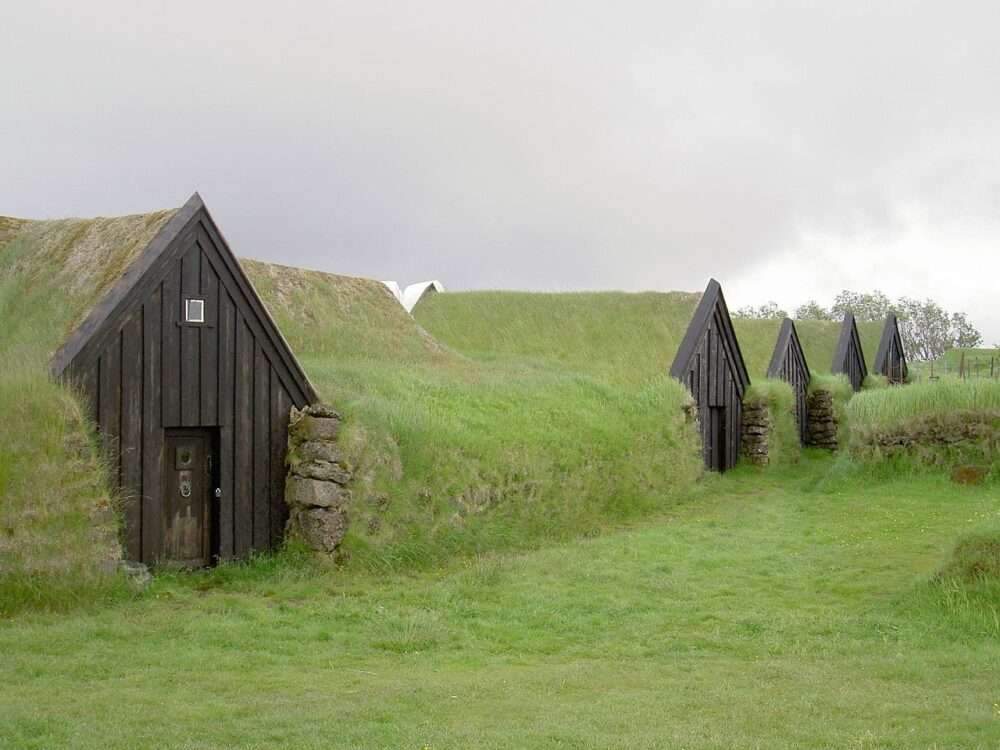The science behind resilient geometry,
Earth architecture is built on a far reaching history.
Its story continues to be told through ancient structures that have stood the test of time.
All over the world, indigenous land-building techniques were pioneered by many ancient civilizations.
Communities originally built shelters from earth – the most readily available material –
and their building techniques have been passed down through generations.
Geoengineering evolved with a careful understanding of the Earth and the site.

With practices perfected decades ago,
it’s great to see Earth’s architecture remain resilient through adversity
What appears to be a flimsy structure made of rough earth is actually very durable.
And because of the construction techniques made by skilled builders.
Geoengineering is also one of the first ways humans developed shelters.
Nowadays, about a third of the world’s population lives in some form of earth structure made of adobe, stony earth, or cob.
These structures have sustained themselves through earthquakes,
hurricanes, and extreme weather events around the world.
Ancient societies deeply understood ways of working with the land,
and traditions were passed down through the generations.
The builders mastered the art of designing timeless earth structures.

While building styles and forms of architecture vary across geographic locations,
the scientific principles behind resilience are shared across borders.
Particle stacking
A sample of raw soil can contain a variety of shapes and sizes of minerals depending on the area in which they are found.
It is this very material that makes rough earth hold so well and resist external forces.
The ground wall is considered to be rigid and strong due to the extreme density of particles having the fewest possible number of gaps between them.
To achieve this, builders control the accuracy of the materials,
making sure that any empty space is filled.
Even a small void inside a wall can become a potential break point.
In the mixture, each particle is ground to ensure homogeneity and consistency.
The resulting configuration ensures that the walls built are sturdy and can support their own weight while standing upright.

friction
The molecular roughness in earthen materials plays an important role in building strong and flexible structures.
While its effect is significant, the particle’s roughness and detailed texture can only be observed on an atomic scale.
When these rough surfaces rub against each other within the mixture of materials, friction occurs.

The force of friction prevents the particles from rolling away from each other,
which would cause the wall to collapse.
This is the force that keeps the dry,
loose sand to form a conical mound instead of spreading itself flat.

hang in there
Cohesive forces – the force that keeps particles bound together –
greatly influence the strength of Earth’s structure.
Cohesion causes attraction between the particles of materials and thus increases the force of friction.
The ability of the mineral particles to stick together anchors the structural elements and is linked to the flexibility of the building.
Cohesion ensures that the building can withstand external forces such as tensile and compressive stress.
When the locally available soil is not cohesive enough,
it can be reinforced with additives such as topsoil or turf.
For more architectural news


 العربية
العربية